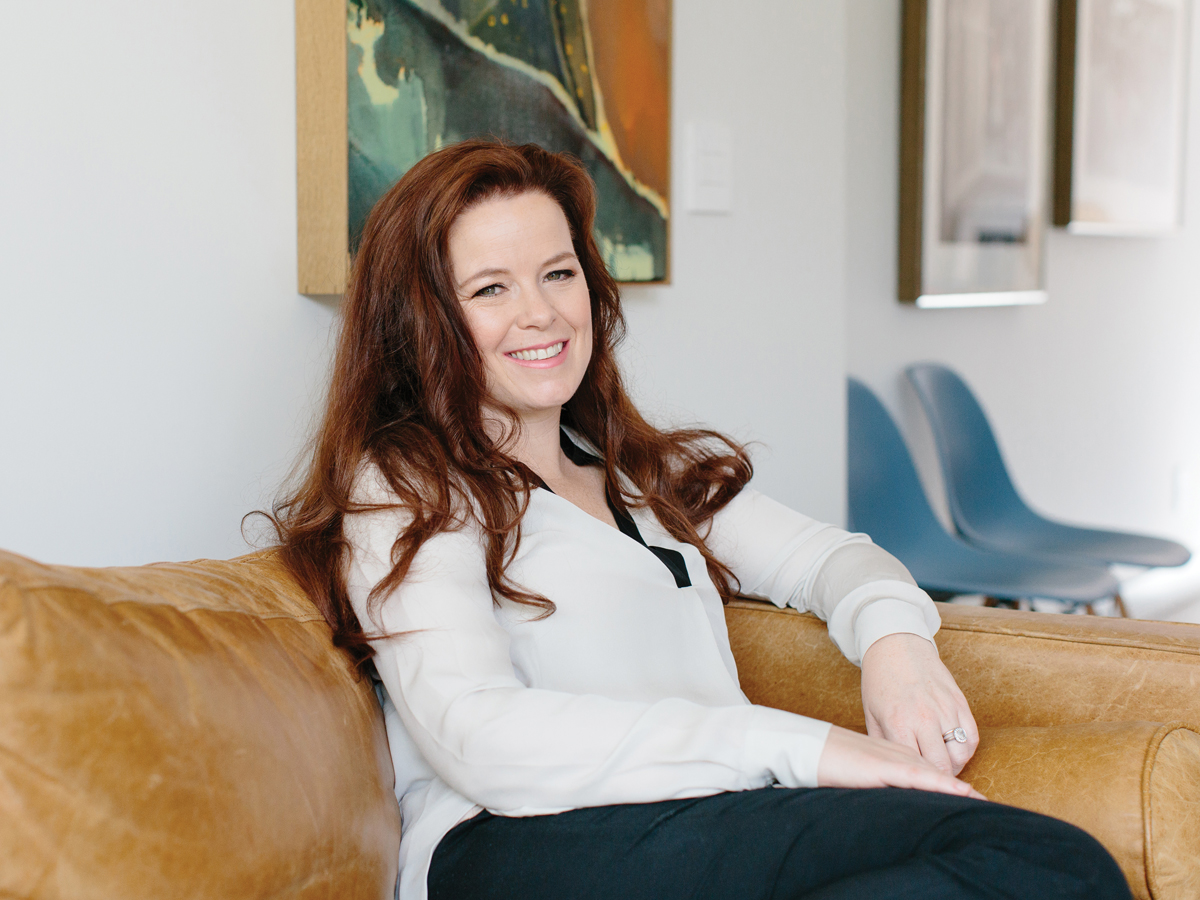Ryerson pilot project strives to transform housing in Northern Ontario First Nations communities

Professor Shelagh McCartney is working closely with northern Indigenous communities to envision their future. (photo provided)
For those in Nibinamik, a First Nations community in northern Ontario, their homes and housing situations remain out of their control. Indeed, on-reserve housing across Canada uses a colonial model where the government retains control of housing systems, resulting in homes that are inappropriate for the climate, geography and culture of the people inhabiting them.
A team of Ryerson researchers at the together design lab (external link) , led by professor of urban and regional planning Shelagh McCartney, are working in close partnership with the Nibinamik community to pilot a project to transform the design process and provide families with the opportunity to create homes that reflect their needs and the needs of the community.
"Housing design is more than basic shelter. For this community, and First Nations communities across Canada, design has been used as control—forcing them to live a particular way,” said professor McCartney. “Our strategy is to help communities reclaim their culture through their homes so they can start to heal and find a way to wellness.”
This collaborative approach utilizes an immersive model of partnership, bringing an interdisciplinary team of students and collaborators together with communities to understand the meaning of housing in shaping lived experiences. Professor McCartney and child and youth care professor Judy Finlay have collaborated on a long-term community wellness project funded by the Ring of Fire Secretariat at the Province of Ontario, within which community members identified housing as a critical area requiring change.
On a recent visit to Nibinamik, the Ryerson team worked with individual families to design their ideal homes with cardboard and build a large model of the community. The guiding principles for the visualization session focused on equality, honouring the community’s history, protecting land and water, resiliency, safety, and self-determination. Ideas and strategies that came from these sessions include: aligning bedroom sizes to cultural understandings of family, greater use of natural heating and cooling, more outdoor storage for winter equipment, and more communal gathering areas — both indoors and outdoors.
A similar process helped Nibinamik create a community-based housing policy, a governance tool based in community-led discussion of priorities that also allows for applications for alternative funding sources. Additional funding can be used to fund the construction of the new community-designed homes in the future, completing the cycle of self-determination.
“Community-led housing policies mean that families can feel at home in their homes, in an environment that reflects their needs and their way of life. We’re looking forward to continuing this work with more communities across Northern Ontario,” added Professor McCartney.
To learn more about the Nibinamik pilot project, please watch this video feature from CBC’s The National (external link) .
This community-led research was funded by the Ontario Ring of Fire Secretariat and the Ministry of Indigenous and Northern Affairs Canada.